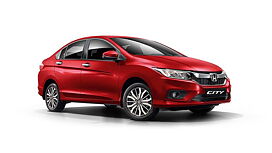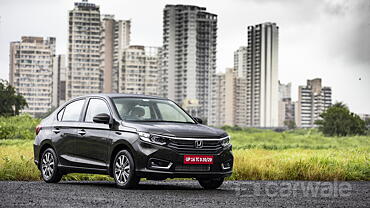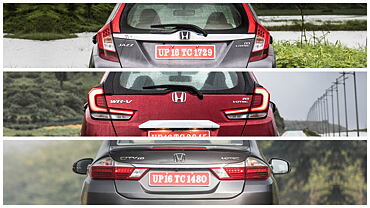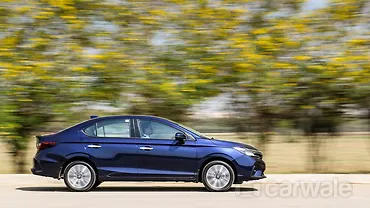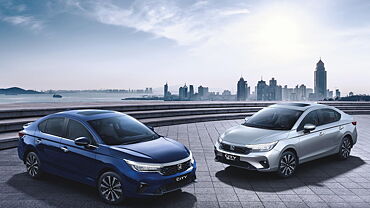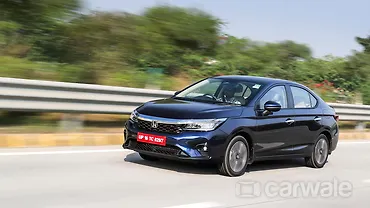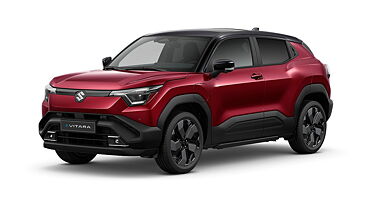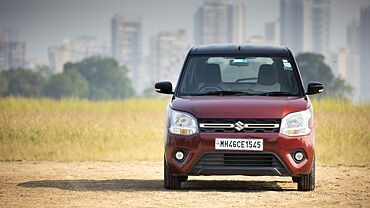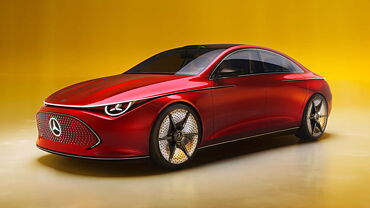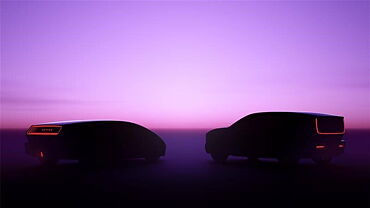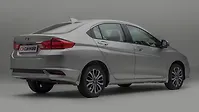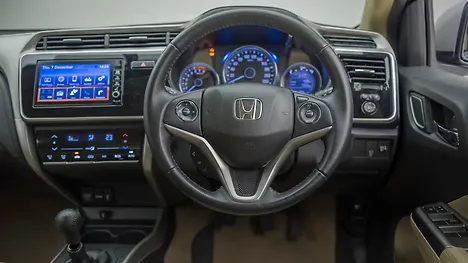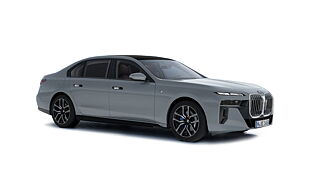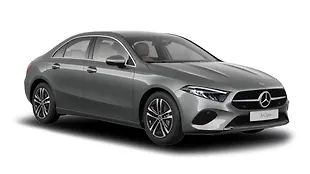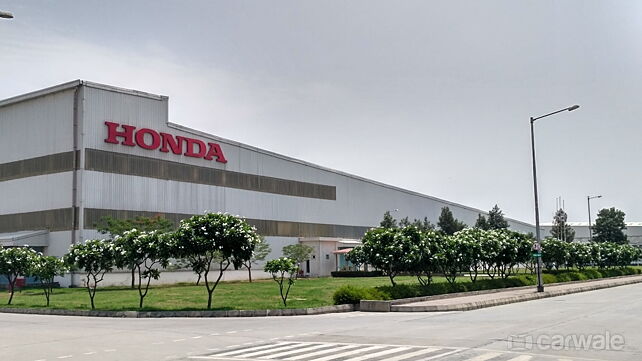
Earlier this week, Honda invited us for a walkthrough the Tapukara facility - a behind-the-scenes glimpse of what goes into the making of a car. It began its life as a component manufacturing plant back in 2008. By 2014, the facility was upgraded to roll out cars with an installed capacity of 1.8 lakh units per annum. As of now, the production capacity has been capped at 1.2 lakh units per annum, reflecting Honda’s cautious approach.

There are several factors that make the Tapukara plant a crucial bit of the puzzle for Honda. For one, the Forging line is one of the two such Honda facilities in existence, with the other located in Japan. It is an important export hub, with components being supplied to over 15 global markets including the US, UK and a few parts of Africa. It is also the biggest producer and exporter of manual gearboxes for Honda. Apart from that, two of Honda’s biggest volume generators – the City and the Jazz are rolled out from Tapukara, along with the BR-V and the WR-V.

Our day began with a tour of the jewel in the crown – the Forging line. A high level of automation at the Forging line means that a new crankshaft or conrod is produced every nine seconds, which roughly translates to about 4,100 units per day. Over the 50 minutes that an iron billet takes to be forged into a crankshaft or a conrod, it is passed through 35 machines. These machines cut the billet into the appropriate size, heat it to 1250 degrees C, mould it in a 4500 tonne press, and cool it down to 100 degrees C. These then undergo an inspection process before being barcoded and set aside either for Indian or the global market. The Forging line is a part of the FE Shop, and is shared with the Machining line. The latter produces other bits that go into the engine, like the pistons and the piston rods.

We then moved on to the Aluminium and Casting Shop, which churns out powertrain components. While the 184 machines make it a bigger facility that the one we had just left, the Aluminium and Casting Shop has a higher level of human intervention and lesser automation. The transmission production facility has two production lines with a capacity of 2,000 units per day, and produces components for both CVT and manual transmissions. With a major chunk of customers preferring the latter, the Tapukara plant has become the largest producer of manual transmissions for Honda. As for the engine head and block production line, it can churn out 600 units each.

The Press Shop (no, not the journalist kind) is where the body panels of cars like the roof and fenders are moulded into shape. While most of the process takes place in an enclosed area, the plant manager gave us a rundown of what happens behind the scenes. It starts with huge sheets of metal undergoing a cleaning process to rid them of impurities. Then they are trimmed, pierced and formed according to the place where they are going to end up in.

Next, a massive press uses moulds weighing up to 20 tonnes to give the sheet the desired shape. Pressure varies from 1,000 tonnes to 1,500 tonnes. The Press Shop can churn out 1,400 sets of body panels a day.

The Weld Shop is where the car finally starts to take shape. It is divided into four lines. Line A is where the underbody is created, which is then forwarded to line B. This line completes the skeleton of the car by mating the roof, underbody and the side panels. Line C is the fitment line where all the body panels are fitted on to the skeleton. Line D is where the doors, hood and the boot are attached on to the body through a process called ‘hemming’.

With 97 robots working in tandem with human work force, this plant has over 55 per cent of automation. The transfer of cars from one line to the other is undertaken through overhead conveyers, which improve space utilisation. The Weld Shop also houses a training facility for new employees.

Meanwhile, the engine is put together at the Engine Assembly line. Tapukara produces three types of engines – 1.2-litre petrol, 1.5-litre petrol and 1.5-litre diesel. The Tapukara facility also happens to be the biggest manufacturer of the Earth Dreams diesel engines, which isn’t surprising considering our country’s affinity with the dirty fuel.

From here, the car body is sent to the paint shop and then to the Assembly Frame. The doors are separated from the body to make it easier for the workforce to get inside and affix the interior bits. Then the cars are raised, and the engine is raised into the chassis from the bottom, followed by the suspension and brakes.

The wiring, pedals and levers go in next, followed by the rest of the interior like dashboard, roof lining and the seats. Now the doors are reunited with the body and the car is given its fill of fluids.

The final section of the Assembly Frame takes care of Quality Control. Here, the cars are passed through an array of high intensity lights designed to highlight any defect in the body. The combination of these lights and the bright paint has a dazzling effect. From here the cars are now driven off to the stock yard and then transported to showrooms.

Last year, Honda sold a little over 1.56 lakh cars in 2016, a number which is a staggering 23 per cent less than what Honda had managed in 2015. This explains their cautious approach. Nevertheless, 2017 has started off on a bright note and the company has already recorded a 10 per year-on-year growth according to figures in the month of May. With the WR-V getting off to a good start, we might see the plant’s production rate being increased to its full capacity sometime soon.

